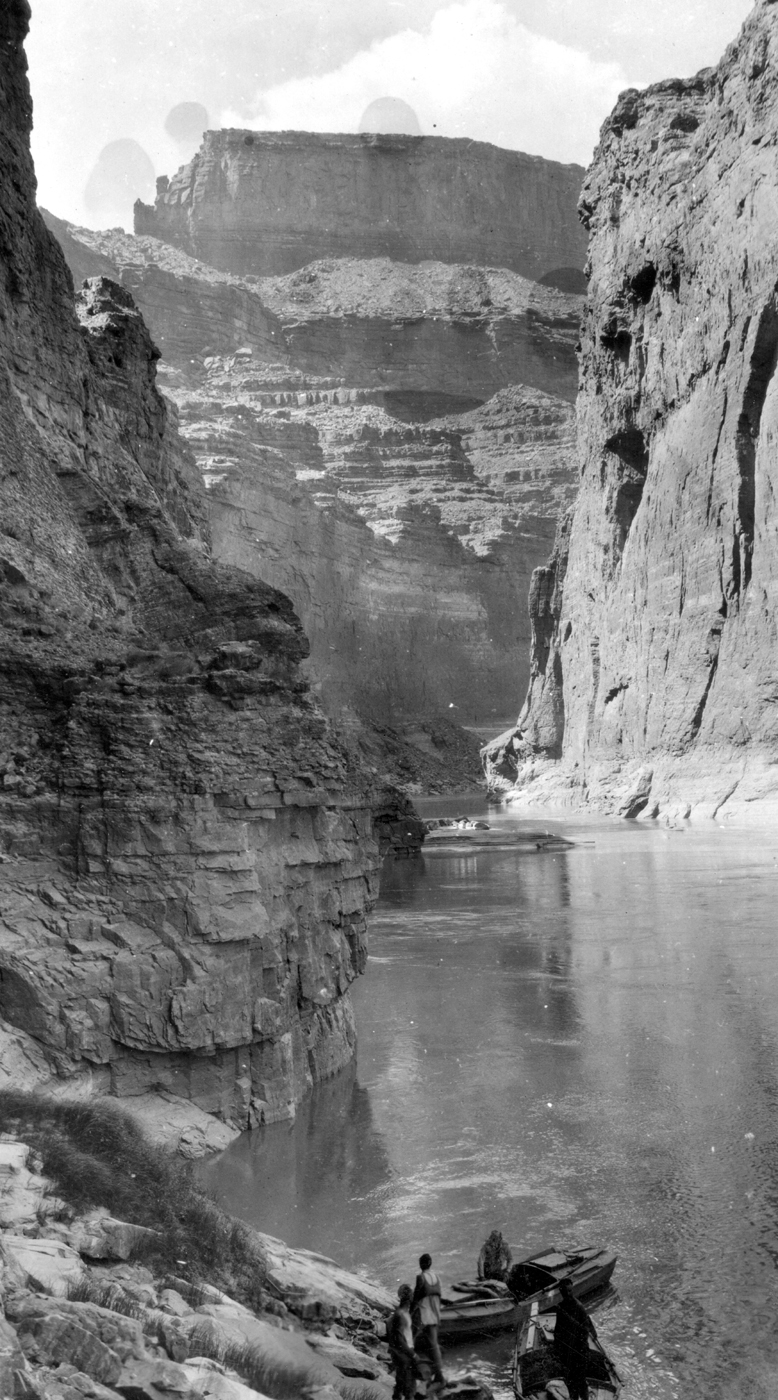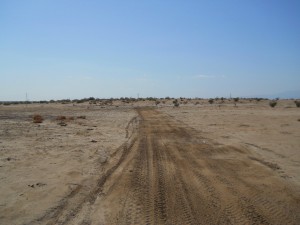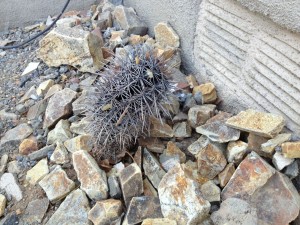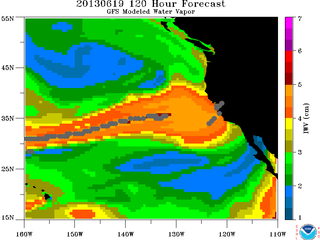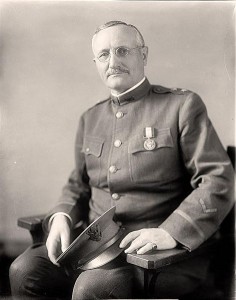
William L. Sibert, who warned us that there was less water in the Colorado River than we thought
With “Chasing Water” and “Moving Water” taken, the current working title for my Colorado River book-in-progress is “The Great Mistake.” It doesn’t have enough action verbiness for the final cut, but it seems to nicely frame one of my central themes – that the folks who built the elaborate plumbing system in the Colorado River Basin were mistaken about how much water they had to work with.
The problem: the 1922 Colorado River Compact allocated a fixed amount – 7.5 million acre feet for the four states in the Upper Basin, 7.5 million acre feet for the three states in the lower basin, with a vague wave of the hand to the idea that Mexico also ought to get some water. With the Mexican share later quantified at 1.5maf, we’ve got a locked-in allocation of 16.5 million acre feet. But we now know there’s not, on average, that much water in the river.
I’m intrigued by the people who, back when the plans were being laid out, warned about the problem. My latest example is the Colorado River Board on the Boulder Dam Project, which submitted a report to Congress in 1928. Led by a retired military engineer named William Luther Sibert, the board concluded that there was probably a million acre feet per year less water in the Colorado River than folks thought:
It is quite probable that the compact attempts to apportion more water than the actual average undepleted flow of the river.
The Sibert Board’s proposed solution seems to have been to screw Mexico:
It is of much economic importance that an agreement limiting the amount of water assignable to Mexico should be made prior to the completion of the Boulder Dam project.
(Quotes from a 1929 Bureau of Reclamation summary of Sibert’s report.)
The problem, as the late Norris Hundley explained in his invaluable Water and the West , is that measuring the river was a really hard problem, and the tools of the day really weren’t up to the task. But, interestingly, when uncertainties arose, the folks building the massive plumbing system (both physical and institutional plumbing) tended to go with the higher numbers.
, is that measuring the river was a really hard problem, and the tools of the day really weren’t up to the task. But, interestingly, when uncertainties arose, the folks building the massive plumbing system (both physical and institutional plumbing) tended to go with the higher numbers.
Go figure.

